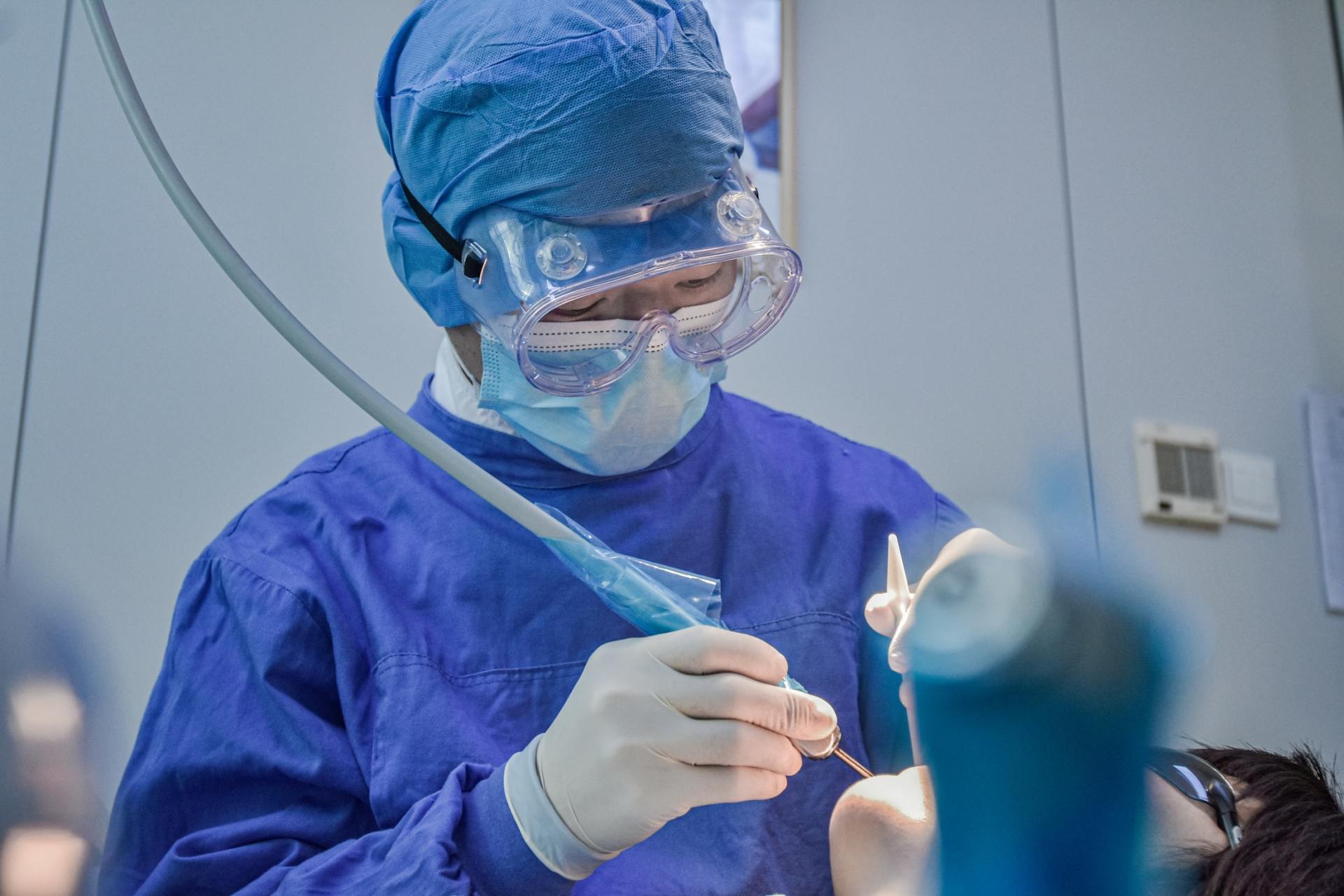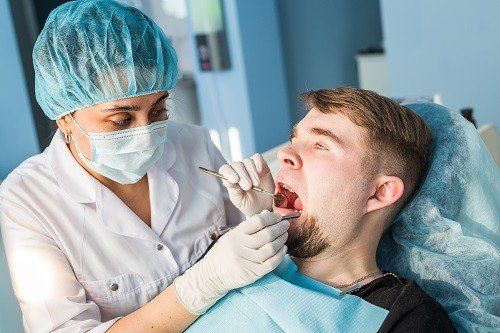What Should I Know About Glossoptosis?
For parents of young children, especially infants, it never hurts to learn about conditions that could potentially affect them, such as glossoptosis, which describes an atypical formation of the tongue, specifically posterior and upward positioning near the pharynx or throat. This can lead to an impeded airway and jeopardized ventilation in addition to the inability to correctly suck or swallow. This condition, which is usually fully treated during infancy, happens during a child’s craniofacial development while also typically being linked to other developmental disorders.
Diagnosis and Treatment
Because glossoptosis is often associated with similar conditions, diagnosis is usually made either at birth or not long afterward, as ultrasounds may not be able to pick up on the abnormality on their two-dimensional screening. With this fact on hand, most glossoptosis diagnoses happen after birth and require immediate intervention—for instance, glossoptosis can inhibit proper feeding and breathing, meaning immediate steps must be taken in order to assess the infant’s airway while maintaining valuable respiration. Insufficient respiration could result in weight loss and thwart the infant's ability to thrive.
Through prone positioning (or allowing infants to sleep stomach-down), gravity is used to get the tongue and mandible to move forward, thereby reducing airway obstruction, so the baby's sleep position is changed to allow for "side sleeping." For children with Pierre Robin sequence, a condition involving undersized jaws and cleft palates often associated with glossoptosis, prone positioning is best, but parents must continue to monitor development and growth in addition to successful feedings. Another nonsurgical option would be a nasopharyngeal airway (NPA), which involves inserting a tube in the nasal passages in order to keep up an open airway.
While most treatments are accomplished non-surgically, surgical intervention may become necessary in order to reposition the tongue, and it’s only done if NPA and prone positioning aren’t successful. This surgery keeps the infant’s tongue forward and relieves their breathing trouble, and it fortunately doesn’t interfere with the development and growth of the front teeth or the lower jaw. The procedure can be done by an oral surgeon with assistance from a plastic surgeon or an ear, nose, and throat specialist. When the baby’s jaw and mouth achieve appropriate growth, the process can be properly reversed.
Outlook of Glossoptosis
While glossoptosis might sound scary to proud, new parents, the number of available care options makes this a very manageable and treatable condition. Also, after treatment as infants, many children's oral and jaw growth will likely reach normal levels by four or five years of age. You just need to monitor your child’s breathing and feeding carefully—while hopefully not forgetting to be appreciative of their wonderful smile.
If you are struggling to pay your family’s dental bills, our NH family discount dental plancan help. For more information about our supplemental dental coverage, click here.











